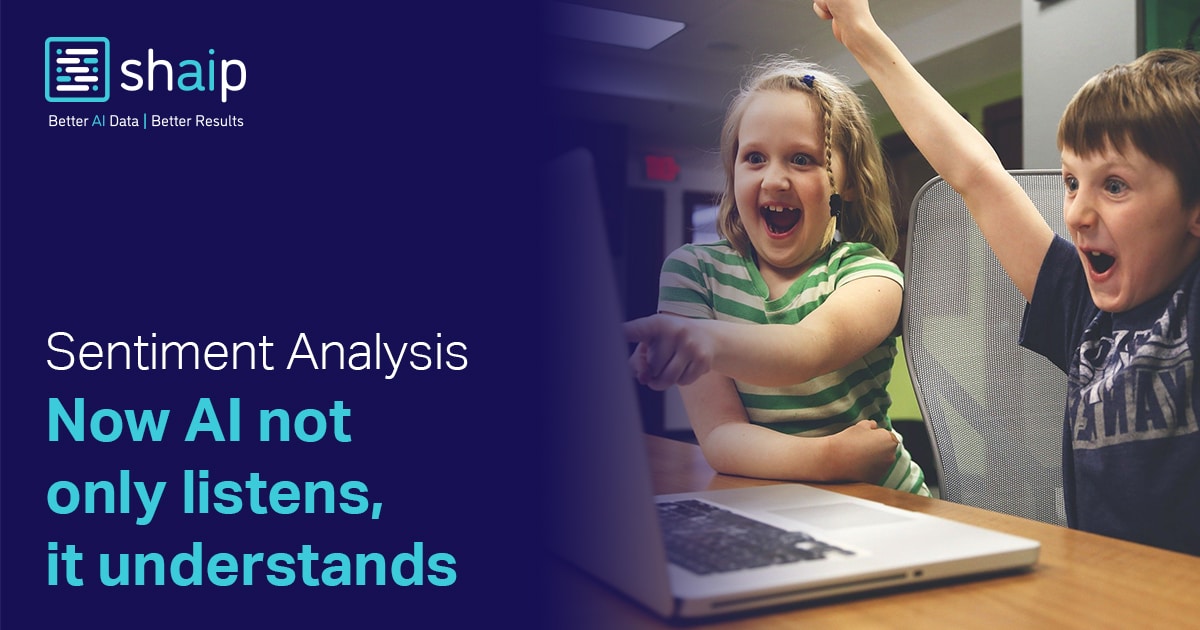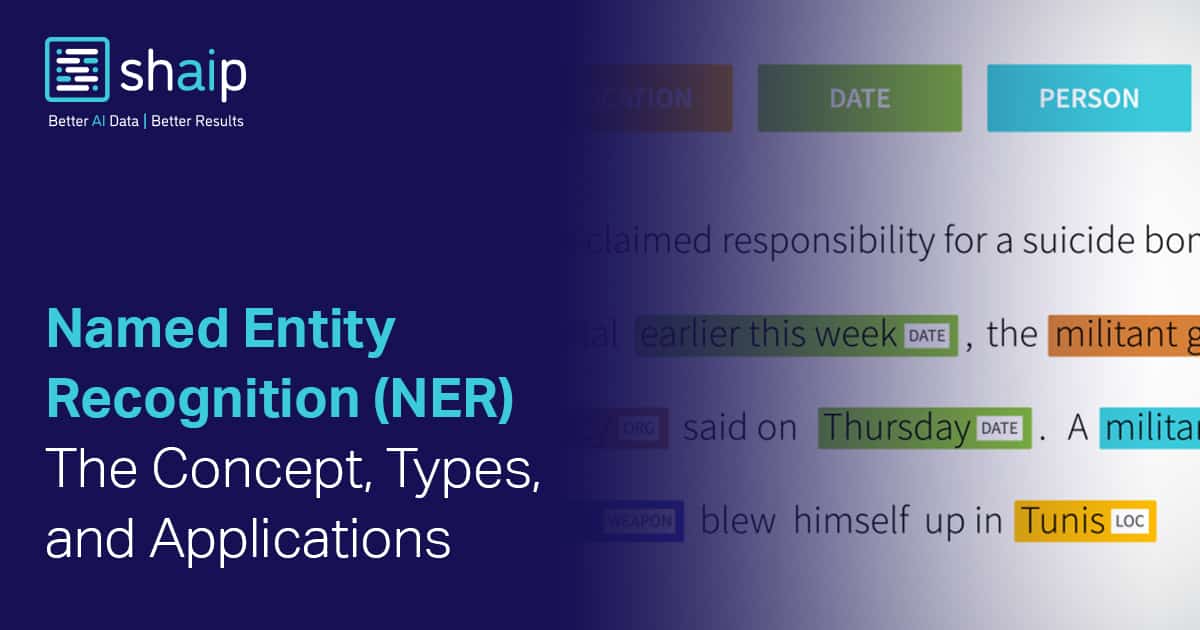Multilingual Sentiment Analysis Services
listens, it understands.
Analyze human emotions & sentiments by interpreting nuances in customer reviews, financial news, social media, etc.

Featured Clients
Empowering teams to build world-leading AI products.

It is rightly said that good business always listens to its customers, but the question is do they truly understand them? Understanding human sentiments, emotions, or intent is often considered difficult. The solution? Sentiment Analysis – It is a technique to deduce, gauge, or understand the image your product, service, or brand carries in the market.
Twitter:
According to a study, 360,000, tweets are tweeted every minute
E-mails:
40% of the employees receive between 26-75 emails per day
Multilingual Sentiment Analysis Services for NLP helps you score big on customer experience
Real-World Solution
Analyze data to comprehend user sentiment
With the rise of social media, people often share their experiences with products and services online through blogs, vlogs, news articles, social media stories, reviews, recommendations, roundups, hashtags, comments, direct messages, micro influences etc.
Shaip offers you different techniques i.e. emotion detection, sentiment classification, fine-grained analysis, aspect-based analysis, multilingual analysis, etc. to uncover meaningful insights from user emotions & sentiments. We help you determine if the sentiment in the text is negative, positive, or neutral. Language is often ambiguous or highly contextual, making it extremely difficult for machines to learn without human assistance, and hence, training data annotated by humans becomes critical for ML platforms.
How we can help
- Perform text sentiment analysis of e.g.:
- product reviews
- service reviews
- movie reviews
- email complaints / feedbacks
- customer calls and meetings
- Analyze social media content, including:
- Tweets
- Facebook posts
- Blog comments
- Forums -Quora, Reddit
- Provide multilingual sentiment analysis data as training data for machine learning
Benefits
- Analyze and process large data sets
- Leverage human intelligence to accurately determine customer sentiment
- A Flexible workforce consisting of domain experts
- Scale as you grow
- 95% Quality assured results
Business Benefits
- Monitor brand’s health
- Manage brand reputation
- Competition analysis
- Customer service improvement
- Better marketing campaigns based on the pulse of your audience
Types of Sentiment Analysis Parameters
Polarity
focuses on the reviews your brand receives online (positive, neutral, and negative)
Emotions
focuses on the emotion your product or service kindles in the minds of your customers (happy, sad, disappointed, excited)
Urgency
focuses on the immediacy of using your brand or finding out an effective solution to users’ problems (urgent and waitable)
Intention
focuses on finding out if your users are interested in using your product or brand or not
Types of Sentiment Analysis Services

Emotion Detection
This method determines the emotion behind using your brand for a purpose. For instance, if they bought apparel from your eCommerce store, they could either be happy with your shipment procedures, quality of apparel, or range of selections or be disappointed with them. Apart from these two emotions, a user could face any specific or a mix of emotions in the spectrum as well. One of the shortcomings of this type is that users have a multitude of ways to express their emotions – through text, emojis, sarcasm, and more. The model should be highly evolved to detect the emotion behind their unique expressions.
Fine-Grained Analysis
A more direct form of analysis involves finding out the polarity associated with your brand. From very positive to neutral to very negative, users could experience any attribute concerning your brand and these attributes could take a tangible shape in the form of ratings (e.g. – stars based) and all your model needs to do is mine these various forms of ratings from diverse sources.


Aspect-based Analysis
Reviews often contain sound feedback and suggestions on the other hand aspect-based sentiment analysis takes you a step further. Here the users generally point out some good or bad things in their reviews apart from ratings and expressing emotion. For instance – The travel desk associate was extremely rude and lethargic. We had to wait for an hour before we got our itinerary for the day.”
What lies beneath the emotions are two major takeaways from your business operations. These could be fixed, improved, or recognized through aspect-based analytics.
Multilingual Analysis
This is the assessment of sentiment across diverse languages. The language could depend on the regions you operate, countries you ship to, and more. This analysis involves the use of language-specific mining and algorithms, translators in the absence of it, sentiment lexicons, and more.

Key Use Cases
Brand Monitoring
Social Media Monitoring
Voice of customer
Customer Service
Why Shaip
To effectively deploy your AI initiative, you’ll need large volumes of specialized training datasets. Shaip is one of the very few companies in the market that ensures world-class, reliable training data at scale complying with regulatory/ GDPR requirements.
Data Collection Capabilities
Create, curate, and collect custom-built datasets (text, speech, image, video) from 100+ nations across the globe based on custom guidelines.
Flexible Workforce
Leverage our global workforce of 30,000+ experienced & credentialed contributors. Flexible task assignment & real-time workforce capacity, efficiency, & progress monitoring.
Quality
Our proprietary platform & skilled workforce use multiple quality control methods to meet or exceed quality standards set for collecting AI training datasets.
Diverse, Accurate & Fast
Our process streamlines, the collection process through easier task distribution, management, & data capture directly from the app & web interface.
Data Security
Maintain complete data confidentiality by making privacy our priority. We ensure data formats are policy controlled and preserved.
Domain Specificity
Curated domain-specific data collected from industry-specific sources based on customer data collection guidelines.
Recommended Resources
Blog
The What, Why, and How Of Sentiment Analysis
Sentiment analysis is the process of deducing, gauging, or understanding the image your product, service, or brand carries in the market. If this sounds too complicated, let’s refine it further.
Solution
AI Training Data For Facial Recognition
Automatically detect one or more human faces based on facial landmarks in an image or video. Search an existing database of human faces to compare & match to build an intelligent facial recognition platform.
Blog
Named Entity Recognition (NER) – The Concept, Types, and Applications
Every time we hear a word or read a text, we have the natural ability to identify and categorize the word into people, place, location, values, and more. Humans can quickly recognize a word, categorize it and understand the context.
Using AI to improve business performance through customer experience
Frequently Asked Questions (FAQ)
Sentiment analysis is the process of deducing, gauging, or understanding the image your product, service, or brand carries in the market. If this sounds too complicated, let’s refine it further. Sentiment analysis is also considered opinion mining. With the rise of social media, people have started talking more openly about their experiences with products and services online through blogs, vlogs, social media stories, reviews, recommendations, roundups, hashtags, comments, direct messages, micro influences, and we’re sure you can think up a list yourself. When this happens online, it leaves a digital footprint of an individual’s expression of an experience. Now, this experience could be positive, negative, or simply neutral. Sentiment analysis is the mining of all these expressions and experiences online in the form of texts.
- Polarity: focuses on the reviews your brand receives online (positive, neutral, and negative)
- Emotions: focuses on the emotion your product or service kindles in the minds of your customers (happy, sad, disappointed, excited)
- Urgency: focuses on the immediacy of using your brand or finding out an effective solution to users’ problems (urgent and waitable)
- Intention: focuses on finding out if your users are interested in using your product or brand or not
- Rule-based: This is where you manually define a rule for your model to perform sentiment analysis on the data you have. The rule could be a parameter we discussed above – polarity, urgency, aspects, and more.
- Automatic: This aspect of sentiment analysis works completely on machine learning algorithms. In this, there is no need for human intervention and set manual rules for a model to function. Instead, a classifier is implemented that evaluates the text and returns results.
- Hybrid: The most accurate of the models, hybrid approaches blend the best of both worlds – rules-based and automatic. They are more precise, functional, and preferred by businesses for their sentiment analysis campaigns.
- Emotion Detection
- Fine-Grained Analysis
- Aspect-based Analysis
- Multilingual Analysis
A social media sentiment analysis measures customer sentiments and tells your customer’s feelings about your brand or product online by analyzing user emotions, ratings, and opinions.
- Brand Monitoring
- Social Media Monitoring
- Market Research
- Voice of customer
- Customer Service


